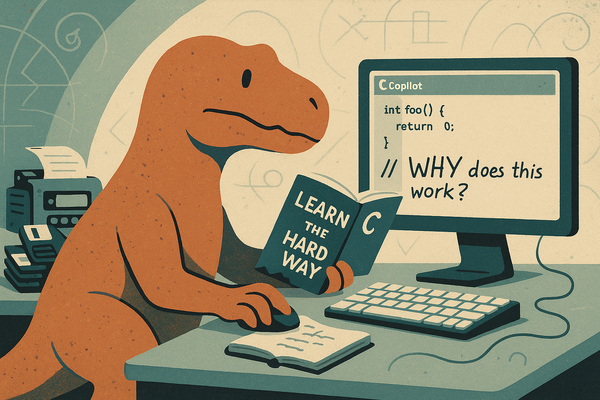Web Development has changed

My web development journey began in the early '90s, a time when the internet was a frontier of raw HTML and visually chaotic sites. Navigating the web on a sluggish dial-up connection, I witnessed the emergence of JavaScript amidst a landscape filled with <blink> texts, <marquee> scrolling, and other eye-catching elements. It was the wild west of web development, where creativity often wrestled with the limitations of technology. Back then, the community was smaller, closer-knit, driven by a shared sense of discovery in the face of limited information.
CSS (Mid-1990s)
The introduction of CSS was a revelation. For the first time, we could untangle presentation from structure, and I eagerly integrated this new tool into my workflow. Despite my initial forays into CSS being somewhat cluttered—with rules, JavaScript, and HTML often intermingled—it paved the way for more organized and consistent pages, bringing a semblance of order to the chaos. This era also introduced the madness of using tables for layout in HTML emails, a practice that, surprisingly, remains relevant today due to its consistency across email clients.
The Flash Era (Early 2000s)
The early 2000s marked my deep dive into the Flash era, where I explored the limits of web creativity through rich animations and complex interfaces powered by ActionScript. Flash was a beacon of innovation, offering immersive experiences previously unimaginable on the web. Yet, as time passed, the drawbacks of this proprietary technology—performance issues, accessibility gaps—became increasingly apparent, prompting my search for alternatives.
The Post-Flash Era and the Modern Web (2005 Onwards)
After Flash, the web seemed to take a step backward. The richness and interactivity that were once commonplace seemed diminished as we transitioned away from proprietary plugins. However, the advent of Ajax in the mid-2000s felt like another revolution. Smooth, partial page updates without full refreshes opened new possibilities for web applications—collaboration tools, dynamic calendars, voting platforms—and I embraced this technology wholeheartedly.
The introduction of jQuery significantly shifted the landscape, moving many developers away from vanilla JavaScript. By solving inconsistencies and compatibility issues across browsers, jQuery simplified the development process, making it easier to create dynamic, cross-browser compatible websites.
This democratization of web development allowed for a broader range of creators to contribute to the web's evolution.
As the language matured, the dependency on jQuery decreased, with modern JavaScript (ECMAScript updates) offering many of the conveniences that once required this library. The arrival of React brought a mix of familiarity and novelty, challenging me with its blend of markup and logic. However, the concept of component-based architecture resonated deeply, transforming my approach to be more modular and scalable. TypeScript was another significant milestone, offering a structured and type-safe way to develop, which greatly influenced my work and the broader JavaScript community.
The Future
Decades into this field, I've witnessed numerous hype cycles and technological shifts. Yet, the essence of web development remains constant: a dynamic field that continually challenges and inspires. The evolution from basic HTML to sophisticated frameworks has lowered barriers to performance, capability, and accessibility, making the web a richer, more inclusive space.




